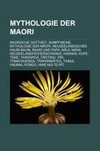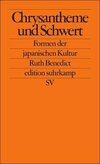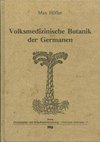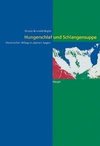
-
 Anglický jazyk
Anglický jazyk
Uralic mythology
Autor: Source: Wikipedia
Source: Wikipedia. Pages: 35. Chapters: Estonian mythology, Finnish paganism, Sami mythology, Ugrian mythology, Ukko, Finnish mythology, Kalevipoeg, Finnic mythologies, Hungarian mythology, Sami shamanism, Tharapita, Noaidi, The Grateful Prince, Lake Ülemiste,... Viac o knihe
Na objednávku, dodanie 2-4 týždne
15.66 €
bežná cena: 17.40 €
O knihe
Source: Wikipedia. Pages: 35. Chapters: Estonian mythology, Finnish paganism, Sami mythology, Ugrian mythology, Ukko, Finnish mythology, Kalevipoeg, Finnic mythologies, Hungarian mythology, Sami shamanism, Tharapita, Noaidi, The Grateful Prince, Lake Ülemiste, Finnish Neopaganism, Fragments of Lappish Mythology, The Gold-spinners, The Child who came from an Egg, Beaivi, Peko, Dorvyzhy, Komi mythology, Toell the Great, A Tale Of the Tontlawald, The Dragon of the North, Uralic mythologies, Pikne, Peijainen, Radien-attje, Mastorava, Gonagas, Linda, Vanatühi, Num-Torum, Ruohtta, Jelping-Ja-Oyka, Leib-Olmai, Maa-alused, Mano, Tjaetsieålmaj, Vanemuine, Lieaibolmmai, Raedieahkka, Bieggolmai, Ipmil, Radien-pardne. Excerpt: Finnish mythology is the mythology that went with Finnish paganism which was practised by the Finnish people prior to Christianisation. It has many features shared with fellow Finnic Estonian mythology and its non-Finnic neighbours, the Balts and the Scandinavians. Some of their myths are also distantly related to the myths of other Finno-Ugric speakers like the Samis. Finnish mythology survived within an oral tradition of mythical poem-singing and folklore well into the 19th century. Although the gradual influence of surrounding cultures raised the significance of the sky-god in a monolatristic manner, the father god "Ukko" (Old Man) was originally just a nature spirit like all the others. Of the animals, the most sacred was the bear, whose real name was never uttered out loud, lest his kind be unfavorable to the hunting. The bear ("karhu" in Finnish) was seen as the embodiment of the forefathers, and for this reason it was called by many euphemisms: "mesikämmen" ("mead-paw"), "otso" ("wide brow"), "kontio" ("dweller of the land"), "lakkapoika" ("cloudberry boy") but not a god. The first historical mention of Finnish folk religion was by the bishop and Lutheran reformer Mikael Agricola (1510-1555) in the preface to his 1551 Finnish translation of the Psalms. Agricola supplied a list of purported deities of the Häme (in Swedish, Tavastia) and Karjala (Karelia), twelve deities in each region, with their supposed functions briefly set out in verse form. (Some commentators state that only eleven deities were listed for Häme, not counting Agricola's mention of Piru, the Devil.) Due to the lists, Agricola is considered to be the father of the study of Finnish religious history and mythology. Later scholars and students commonly quoted Agricola's lists as a historical source; only in the late eighteenth century did scholars begin to critically evaluate the "gods" in Agricola's lists and the information he presented about them, determining with further research that most o
- Vydavateľstvo: Books LLC, Reference Series
- Rok vydania: 2013
- Formát: Paperback
- Rozmer: 246 x 189 mm
- Jazyk: Anglický jazyk
- ISBN: 9781156672297
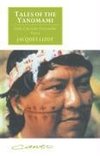
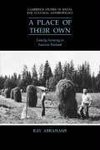
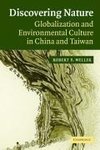
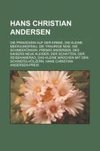
 Nemecký jazyk
Nemecký jazyk 